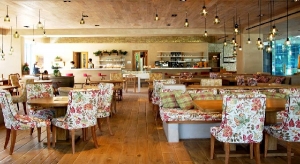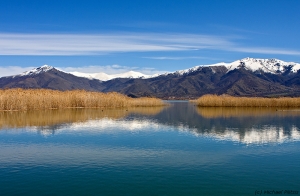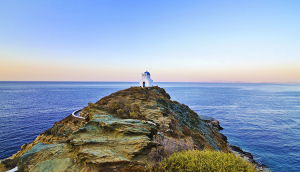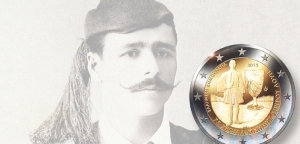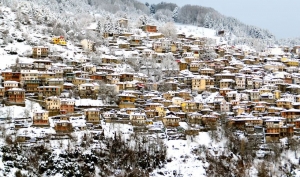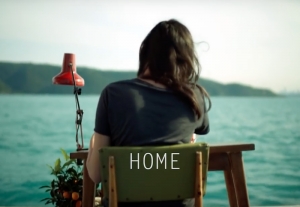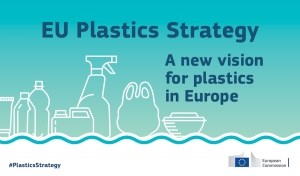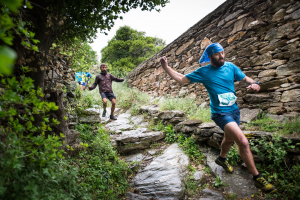Braises like this are perfect for meat with tough muscle tissue and tendons (which come from the part of the animal that works hard), a great example of poverty cooking. This less expensive cut of meat develops its own natural and luscious sauce as it cooks. You want a little marbling in the meat, because it melts down as you cook and adds a lot of flavor to the sauce. You can use brisket, shanks, shoulder – all fairly tough meats – but save the filet mignon for the grill or a pan. It takes a little time to cook and become tender, but it’s a relatively easy setup, and once you get it onto the stove you don’t have to worry about it for about an hour.
So you can do your laundry, or walk the dog, or make a salad.
• A couple of days later, if you have any leftovers, you can shred the meat, then return the meat to the sauce and add your favorite pasta. The resulting dish is a Greek version of beef stroganoff.
• The herbs are very important to the flavor development here, since I’m using water instead of stock, so use fresh herbs if possible.
Serves 4 to 6 family-style with potatoes, rice, or orzo
Ingredients:
• 3 tablespoons blended oil (90 percent canola, 10 percent extra-virgin olive)
• 2 pounds beef stew meat, cut into 1 ½ – inch chunks
• Kosher salt and cracked black pepper
• ½ large Spanish or sweet onion, finely chopped
• 1 carrot, finely chopped
• 1 stalk celery, finely chopped
• 1 large leek, cut into thick rounds, washed well in cold water, drained
• 2 tablespoons tomato paste
• ½ cup red wine
• 2 tablespoons red wine vinegar
• 3 to 5 cups water
• 1 fresh bay leaf or 2 dried leaves
• 1 large sprig rosemary
• 1 sprig thyme
• 1 sprig sage
• 2 cinnamon sticks
• Extra-virgin olive oil
• Grated orange zest
• 1 tablespoon roughly chopped parsley
Method:
Place a large, heavy pot or Dutch oven over medium-high heat and add the blended oil. Season the beef aggressively with kosher salt and pepper. When the oil is hot, add the beef and sear on all sides, 5 to 6 minutes. Add all the chopped vegetables to the pan with the beef and sauté for 2 minutes. Add the tomato paste and stir for 1 minute. Deglaze the pan with red wine and red wine vinegar, and let them reduce completely away.
Add 3 cups of the water, 2 teaspoons salt and a generous grinding of pepper, the bay leaves, rosemary, thyme, sage, and cinnamon. Bring to a boil, then reduce the heat to low and partially cover the pan. Simmer gently for about. Check and, if the mixture is dry, add another cup or two of water. Keep simmering for 15 to 40 minutes more, until the meat is tender and the braising liquid has reduced to a saucy consistency. Remove the bay leaves and cinnamon sticks. Transfer to a platter and drizzle with a little extra-virgin olive oil, and scatter with a little orange zest and the parsley.
www.michaelpsilakis.com

